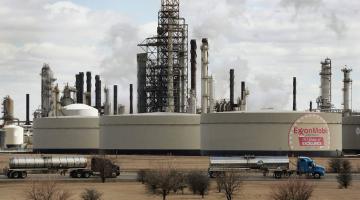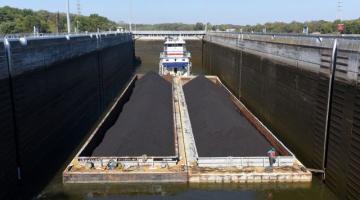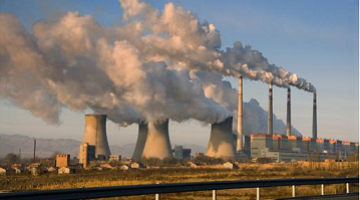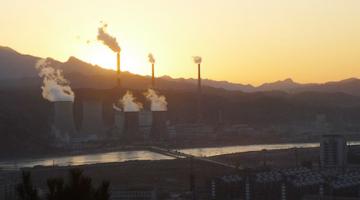Fossil Fuels - What's at Risk?
Because the value of fossil fuel companies is based on the size of their reserves, it may seem counter-intuitive to see some of these assets as potential risks. But changes in market or economic conditions can make some reserves too expensive to tap, leaving them stranded – and their owners more vulnerable than the size of their reserves would indicate.








